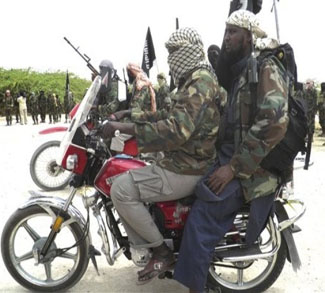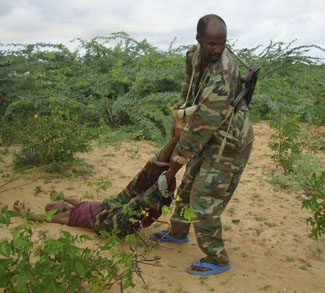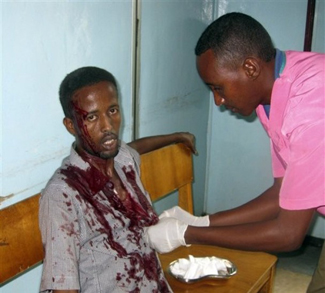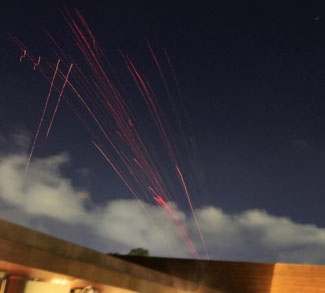The African Union has formally requested that the United Nations Security Council support a naval and air blockade of Somalia in the hope that such a move will cut off the flow of material aid to al-Shabab.
An AU spokesman also re-emphasized that international troop levels should increase from the current 8,000 to 20,000.
These two calls reflect anxiety within Somalia and its neighbours that the al-Shabab insurgency is gathering steam and could topple the transitional government in Mogadishu one day soon.
They also come on the back of a renewed US effort to engage the breakoff regions of Somaliland and Puntland. It seems that the US has given up on solely relying on the transitional government in Mogadishu and instead wants to use a multi-pronged approach to stymie the growing insurgency in southern Somalia.
Richard Downie of the Center for Strategic and International Studies believes that the new policy “reflects the fact that the TFG is probably a doomed project.”
Alex Thurston penned an interesting article for the Christian Science Monitor on Friday. In it he argues that:
“Even with the new strategy, the situation puts the US in something of a bind. Extending greater support to these would-be nations does not equal granting them official recognition, but it is a big step in that direction. If African countries who oppose the “balkanization” of Somalia become uneasy with US policy, that could create diplomatic problems for the US in the region. And withdrawing support from the TFG could give al Shabab more room to expand, potentially achieving exactly the opposite of the hoped-for effect. The old strategy was clearly failing in its goal of building a strong central government in Somalia, but the new strategy brings its own complications. These complications are not insurmountable, but they are serious.”




